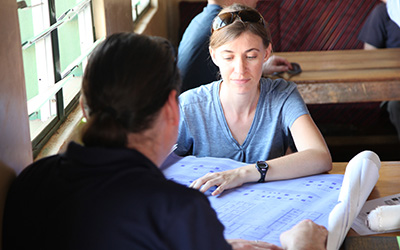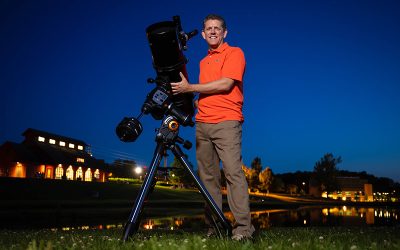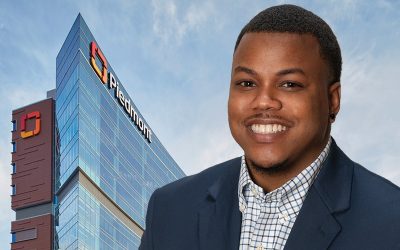Combining faith and design, disaster response architect Sarah Elizabeth Dunn ’03 builds shelters for disaster-stricken communities around the world.
College of Architecture Design & Construction
Auburn Faculty Hobbies
From painting orcs to racing dirt bikes, Auburn professors have hobbies as varied as their areas of expertise
Home Renovations
Josh Williams ’18 was born—and almost died—in Piedmont Atlanta Hospital. He just returned to help build its newest addition.
No Results Found
The page you requested could not be found. Try refining your search, or use the navigation above to locate the post.
We need your great Auburn stories!
We are looking for the newest, most inspiring stories about Auburn students, faculty, staff and alumni. Stories that touch the head and heart and show Auburn as a modern university that embraces its history and celebrates the Auburn Family every chance it gets.
Have you recently had a job promotion, married or had an addition to your family?
Send us your class note and remember to add your class year.
More College of Architecture Design & Construction Stories
No Results Found
The page you requested could not be found. Try refining your search, or use the navigation above to locate the post.


